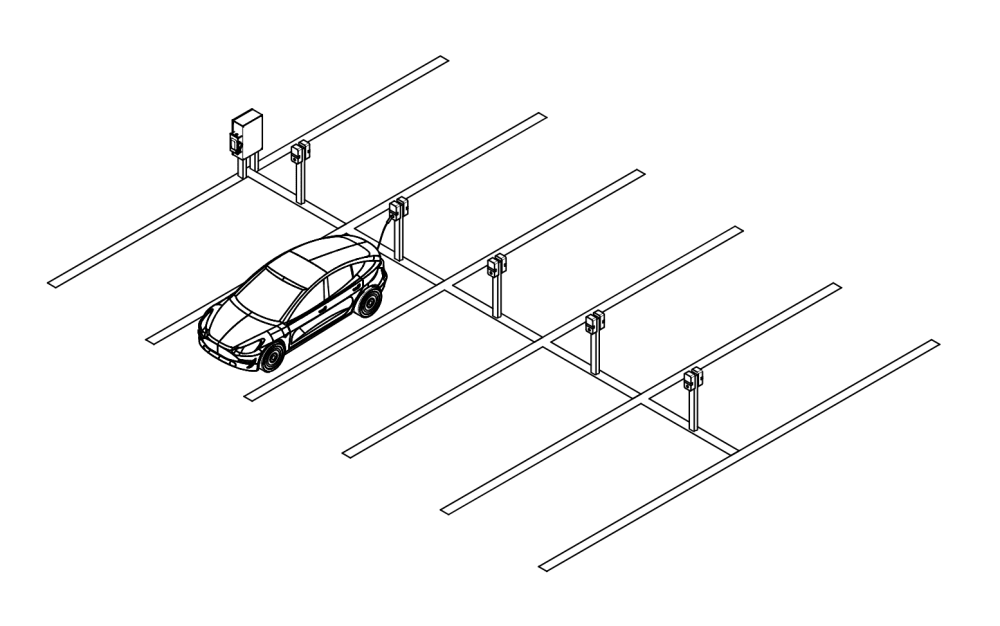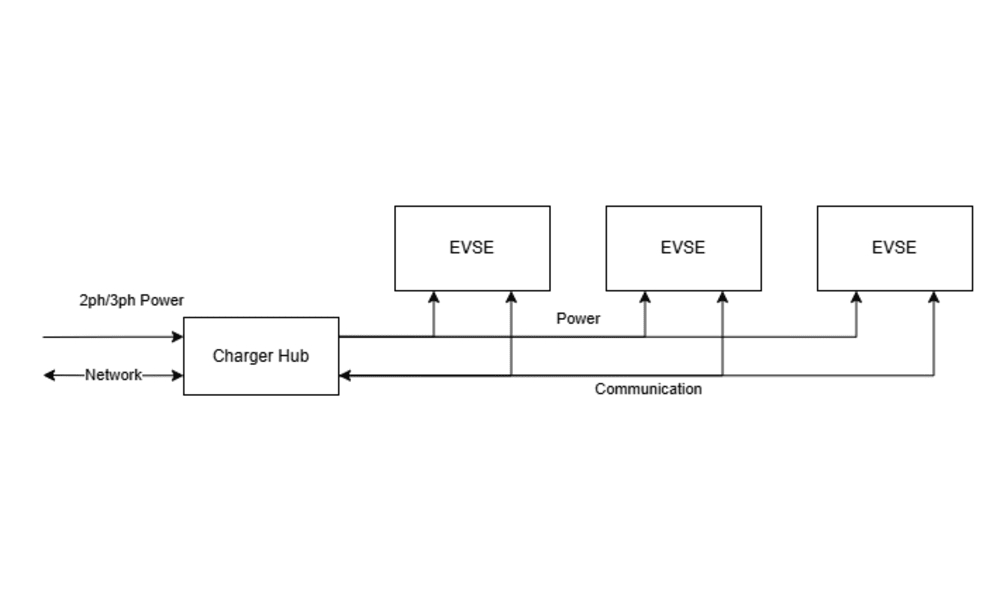As electric vehicles are seeing consistent year over year sales growth, there is still an unmet need for charging locations. The federal government is incentivizing the market to fill this need through grants for public DC fast charging stations (level 3) and tax credits for businesses and homeowners to install slower level 1 and 2 electric vehicle supply equipment (EVSE), commonly referred to as EV chargers.
Retail businesses usually install higher power level 2 chargers to attract EV drivers and generate additional revenue. Charging networks install DC fast chargers along travel routes to enable long distance travel. People who own their homes typically also choose to install the more powerful level 2 EV chargers, as the cost of the equipment and materials is less significant compared to the labor of the installation.
Non-retail businesses find these to be too expensive in initial and operational costs and are unable to meet the demands of their employees for an easy place to plug in.
Our solution features a low-power charging hub, which reduces installation and operational costs while allowing businesses to affordably install a charging terminal in nearby parking spots. With the same cost and electrical requirements as a single level 2 charger, this charging system will charge 10 vehicles simultaneously. The charger hub does not need significant electrical infrastructure modifications, which facilitates a streamlined installation process and future expansion.
By specifically targeting the needs of a commuting worker, this charging hub can drastically increase the number of charging locations while creating a new employee incentive for in-person attendance. No longer are businesses dependent on limited local grants or incentives for installation of over-complicated chargers. They now can purchase or lease uncomplicated chargers with high uptime and low maintenance complexity.
For commuters interested in an electric vehicle but without a place to charge at home, this system offers a reliable and convenient charging location. For existing EV drivers already satisfied with their at-home charging, this supplemental charging can reduce the cycle depth of their batteries, extending their lifespan.
Lastly, plugging in 10 electric vehicles adds ~700-1000 kWh of batteries to the electrical grid. By allowing them to charge during the day when solar generation is at peak output they can capture the excess generation and return it to the grid using v2g functionality when they get home.
Like this entry?
-
About the Entrant
- Name:Alexander Salimian
- Type of entry:individual
- Patent status:none






